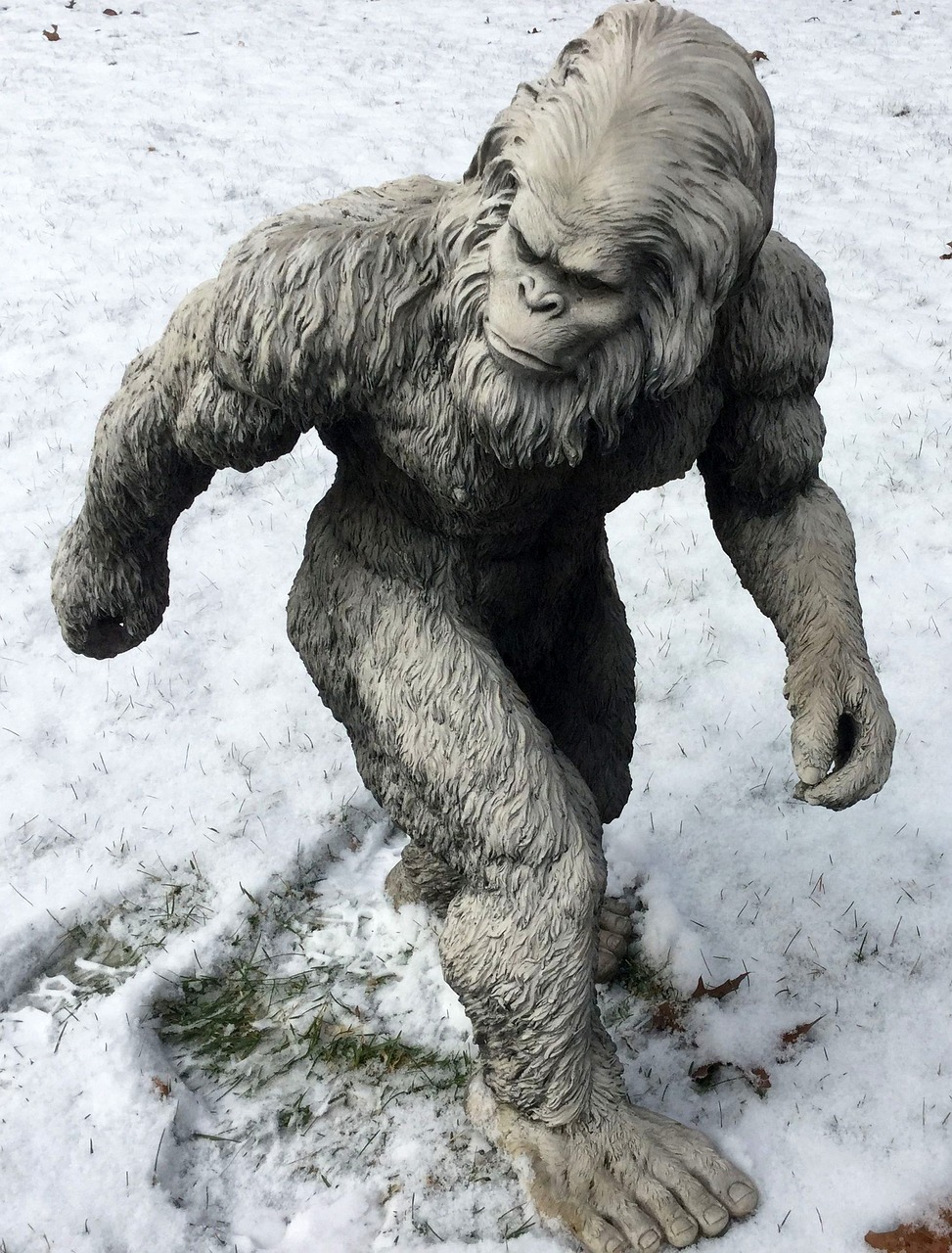
Washington State, with its dense forests, towering mountains, and sprawling wilderness, is not just a haven for nature lovers but also the epicenter of one of the most enduring and intriguing legends in North American folklore: Sasquatch. Known more commonly as Bigfoot, this elusive creature has captured the imagination of locals and enthusiasts worldwide, blending mystery, science, and speculation.
The Origins of the Legend
The legend of Sasquatch, or Bigfoot, has deep roots in the oral traditions of Native American tribes in the Pacific Northwest. Long before European settlers arrived, indigenous peoples, such as the Coast Salish and the Lummi, spoke of large, hairy, humanoid creatures that roamed the forests and mountains. These beings were often described as shy and reclusive but occasionally interacted with humans, sometimes in benevolent ways, other times with malevolent intentions.
The term “Sasquatch” itself is derived from the Halkomelem language of the Coast Salish people, meaning “wild man” or “hairy man.” This creature was a significant figure in their mythology, regarded with a mixture of respect and fear.
Modern Sightings and Reports
The modern era of Sasquatch sightings began in the late 1950s, with reports becoming particularly prominent in Washington State. One of the most famous incidents occurred in 1967, when Roger Patterson and Bob Gimlin filmed what they claimed to be a Sasquatch near Bluff Creek, California, just south of the Oregon border. Known as the Patterson-Gimlin film, this short piece of footage remains one of the most scrutinized and debated pieces of evidence in the Bigfoot phenomenon.
In Washington, numerous sightings have been reported over the decades. The Cascade Range, Olympic Peninsula, and Mount St. Helens are hotspots for Sasquatch activity, with many witnesses describing encounters with a large, bipedal, ape-like creature covered in dark fur. These sightings often occur in remote, forested areas, lending an air of credibility to the accounts due to the inhospitable and rugged terrain.
Theories and Explanations
The legend of Sasquatch has sparked a wide array of theories attempting to explain the creature’s existence. These theories range from scientific hypotheses to more speculative and fantastical ideas.
Undiscovered Primate
Many cryptozoologists and researchers propose that Sasquatch could be an undiscovered species of primate. They argue that the vast, unexplored wilderness areas of the Pacific Northwest could easily harbor such a creature. Proponents of this theory point to the physical descriptions provided by eyewitnesses, which often resemble known primates like gorillas or orangutans.
Gigantopithecus
Some scientists suggest that Sasquatch might be a descendant of Gigantopithecus, a large ape that lived in Asia over a million years ago. They hypothesize that this species could have migrated across the Bering Land Bridge and survived in North America’s remote regions, evolving into the creature described in modern reports.
Misidentification
Skeptics often attribute Sasquatch sightings to misidentifications of known animals, such as bears. Bears standing on their hind legs can appear remarkably human-like from a distance, particularly in low light conditions. Additionally, the power of suggestion and the desire to encounter something extraordinary may lead people to see what they want to see.
Hoaxes and Human Error
Another explanation is that many Sasquatch sightings are the result of hoaxes or human error. Over the years, numerous individuals have come forward admitting to creating fake footprints, videos, and other forms of evidence. These hoaxes, combined with the natural human tendency to embellish stories, contribute to the ongoing mystery.
Supernatural or Interdimensional Being
A more fringe theory posits that Sasquatch is not a flesh-and-blood creature but a supernatural or interdimensional being. This idea stems from reports of Sasquatch sightings coinciding with other paranormal activity, such as UFO sightings and strange lights in the sky. Proponents of this theory suggest that Sasquatch might possess the ability to move between dimensions or realms, which would explain its elusive nature.
Cultural Impact and Legacy
Sasquatch has become an integral part of Washington State’s cultural identity. The creature features prominently in local art, literature, and tourism. Towns such as Forks and Leavenworth capitalize on the legend, offering Sasquatch-themed tours, museums, and merchandise.
The annual Sasquatch Music Festival, held at The Gorge Amphitheatre, celebrates not just music but also the cultural impact of this legendary creature. Additionally, the Sasquatch! Brewfest in Mount Vernon combines the region’s love for craft beer with its fascination for Bigfoot.
In popular culture, Sasquatch has appeared in countless books, movies, and television shows, cementing its status as a cultural icon. Documentaries and reality TV series like “Finding Bigfoot” have further popularized the legend, attracting a global audience and inspiring amateur cryptozoologists to venture into the forests in search of evidence.
Scientific Investigations
Despite the skepticism, there have been serious scientific efforts to investigate the existence of Sasquatch. Researchers have collected and analyzed hair samples, footprints, and other potential evidence, often with inconclusive or controversial results. Notable figures in the field, such as Dr. Jeffrey Meldrum, a professor of anatomy and anthropology at Idaho State University, advocate for a rigorous, open-minded approach to the study of Sasquatch.
Meldrum and others argue that the sheer volume of consistent eyewitness reports cannot be easily dismissed. They call for more extensive field research, the use of advanced technology like DNA analysis, and the establishment of a scientific framework to evaluate claims systematically.
Conclusion
Whether viewed as a myth, a misidentification, or a yet-to-be-discovered species, the legend of Sasquatch continues to captivate and intrigue. Washington State, with its vast, uncharted wilderness, remains at the heart of this enduring mystery. As long as there are dense forests and shadowy mountains in the Pacific Northwest, the legend of Sasquatch will persist, inviting new generations to explore the unknown and ponder the possibility that something extraordinary may still roam the wild places of the Earth.
